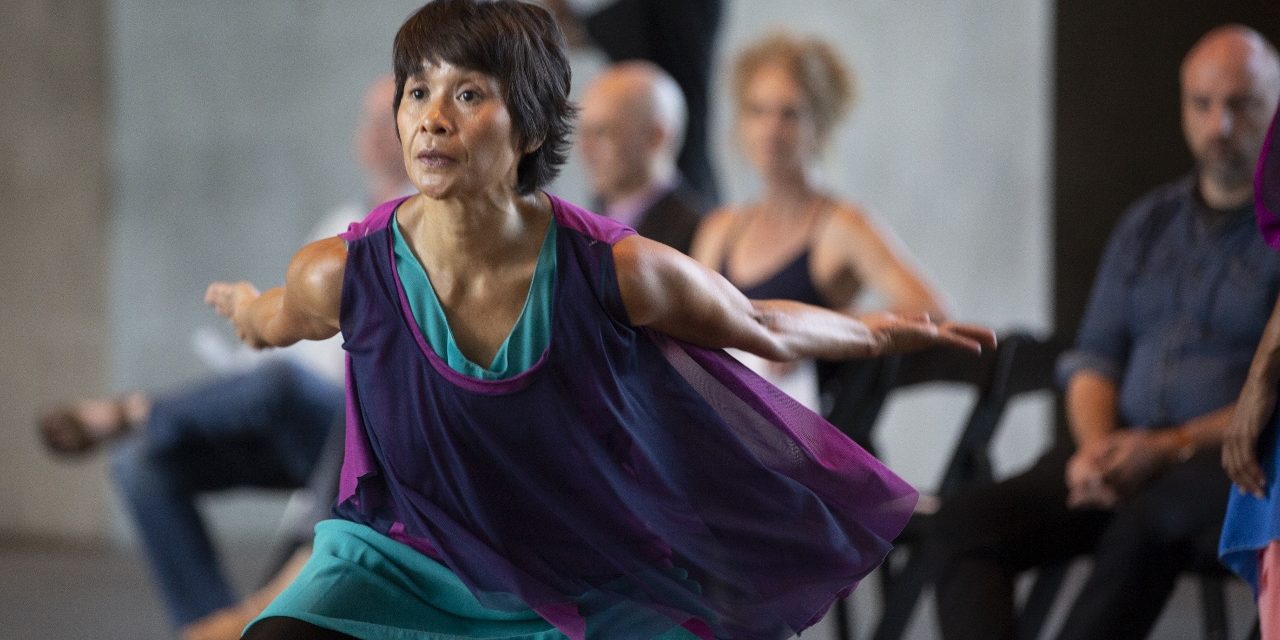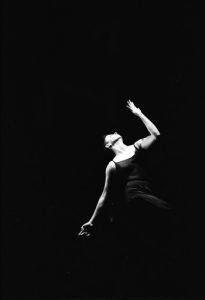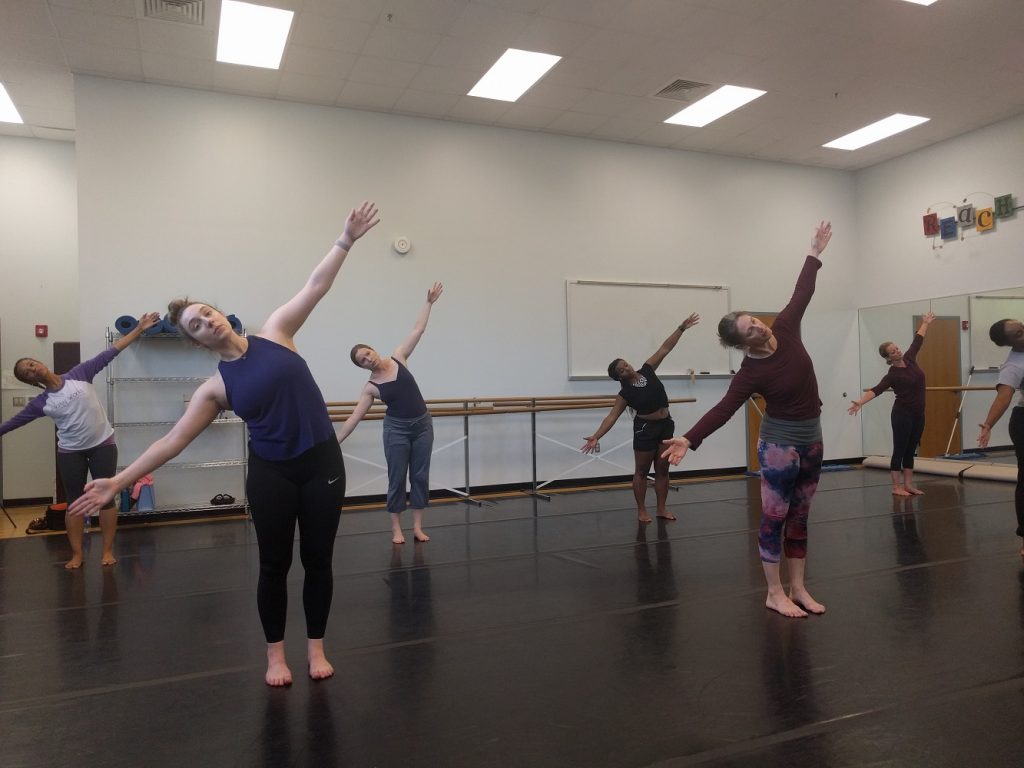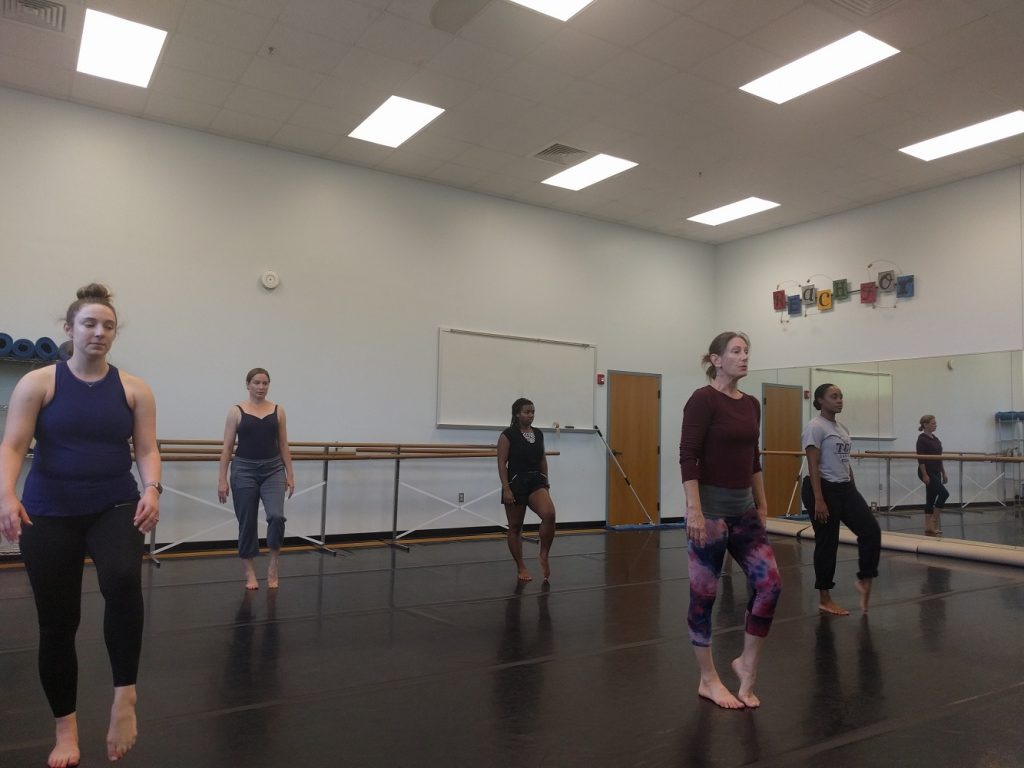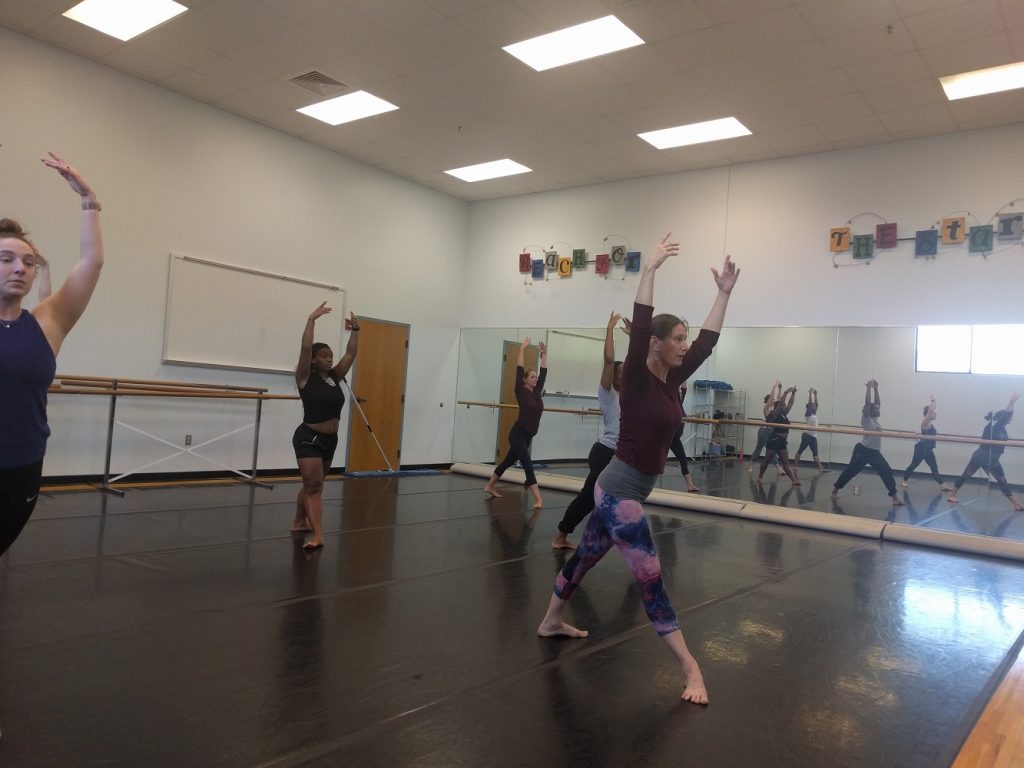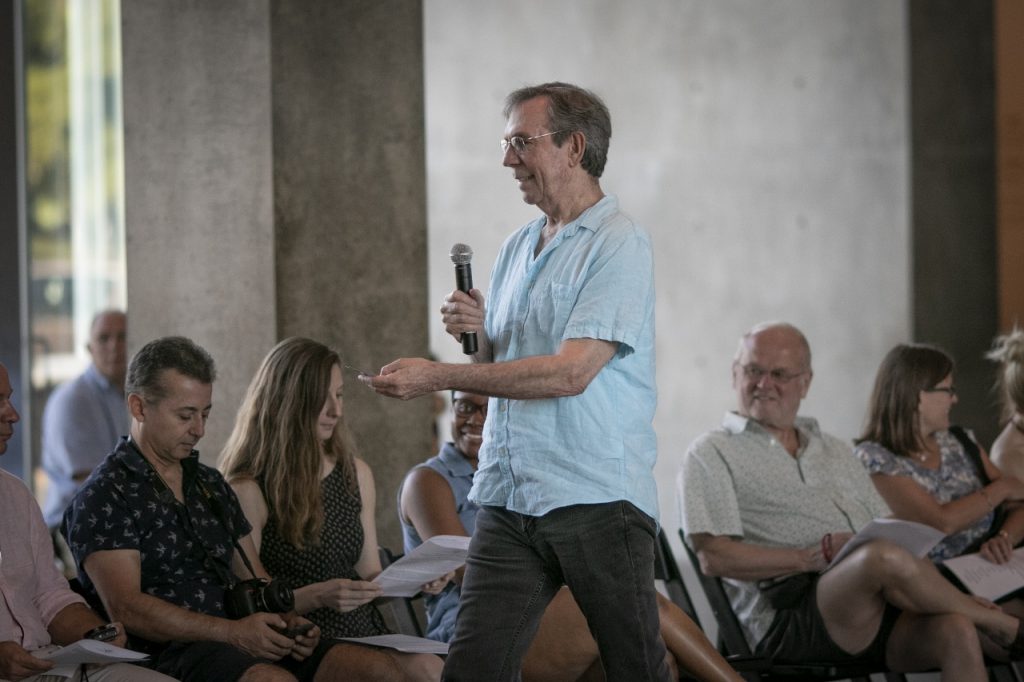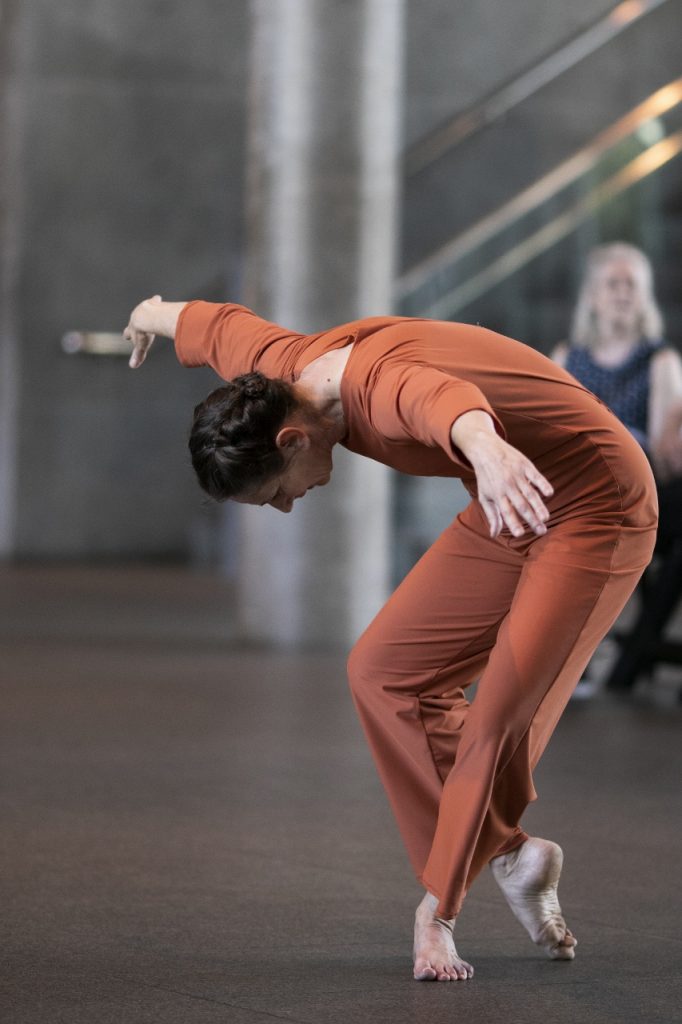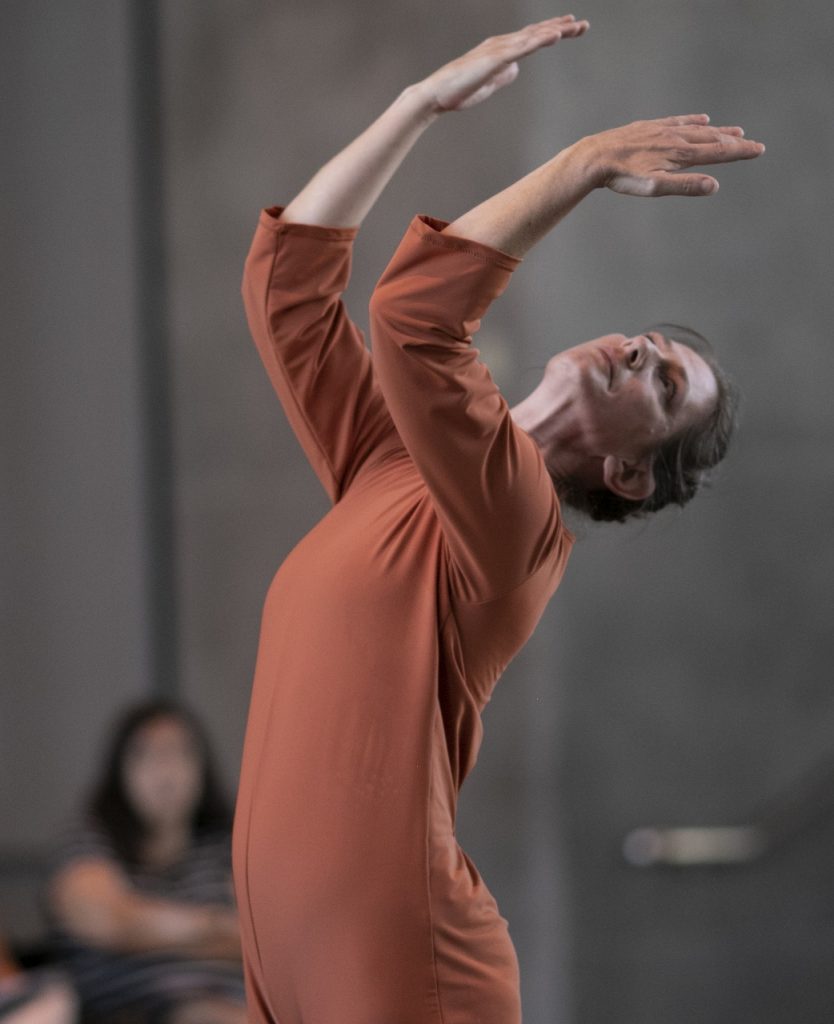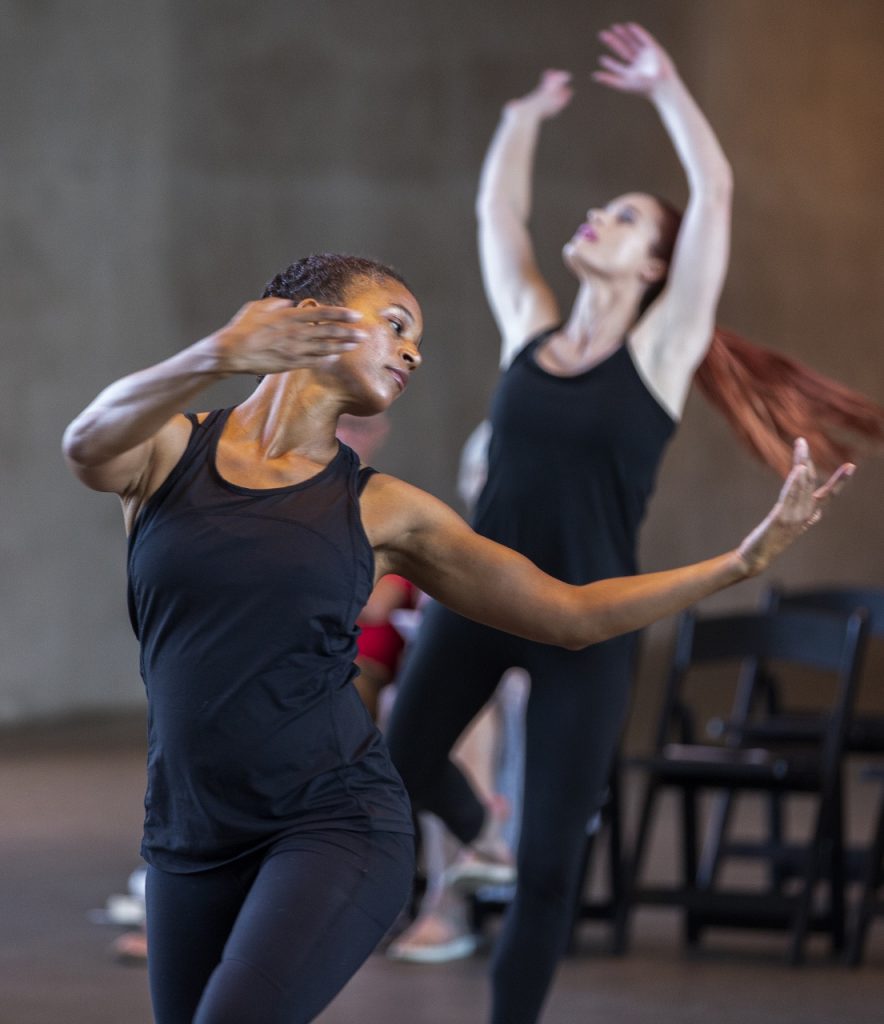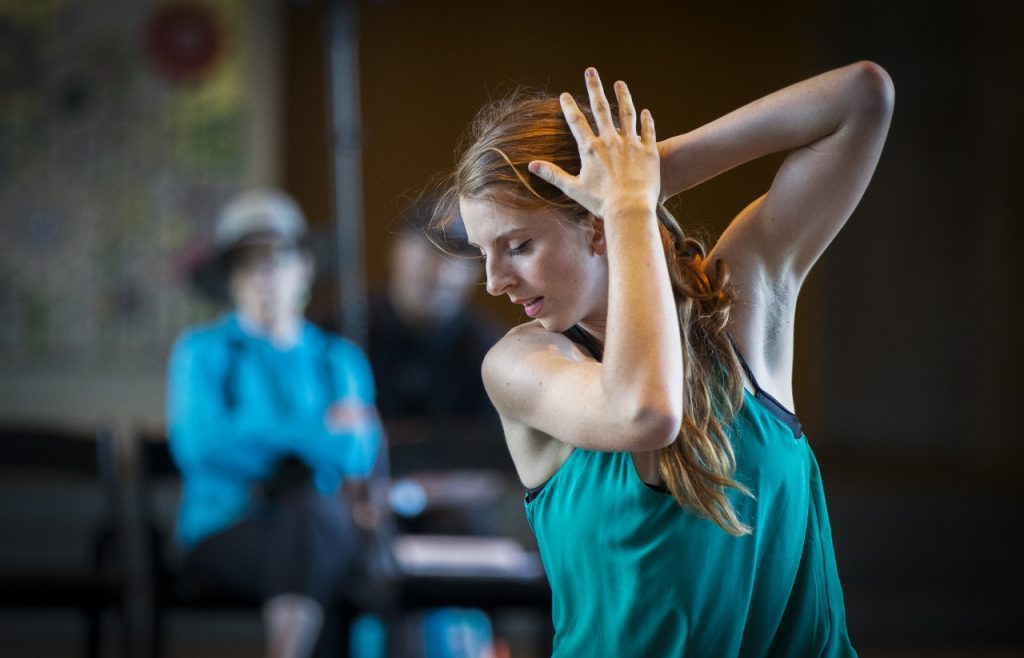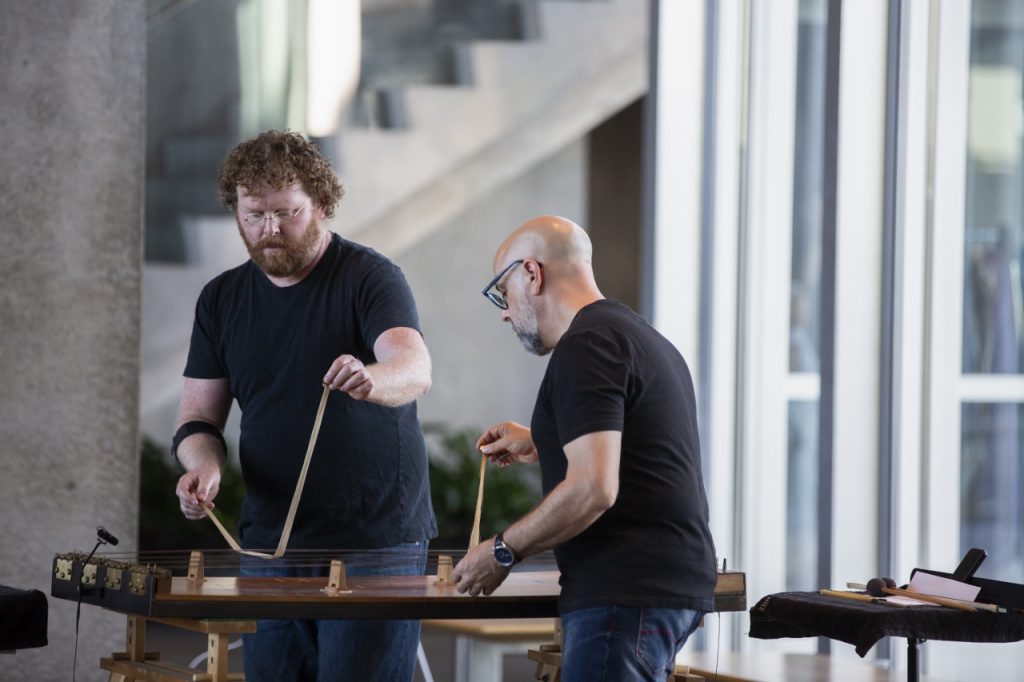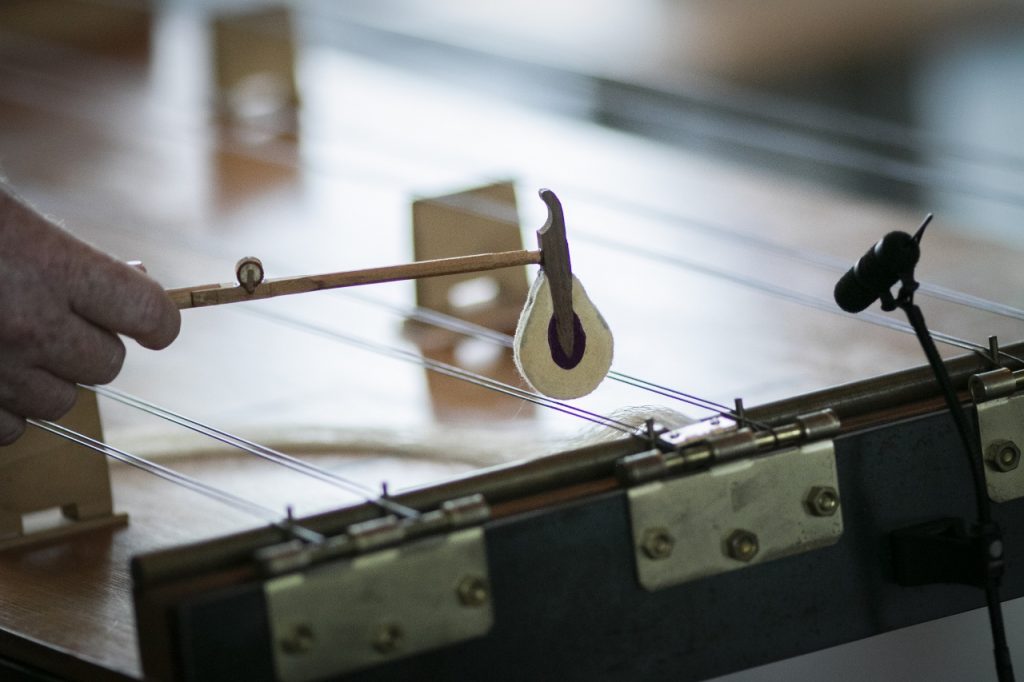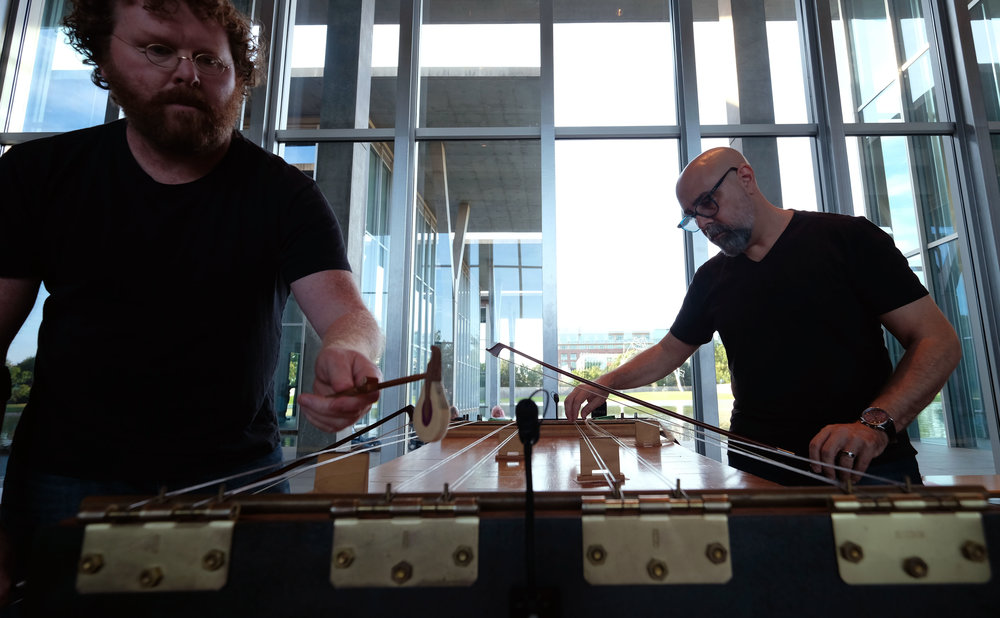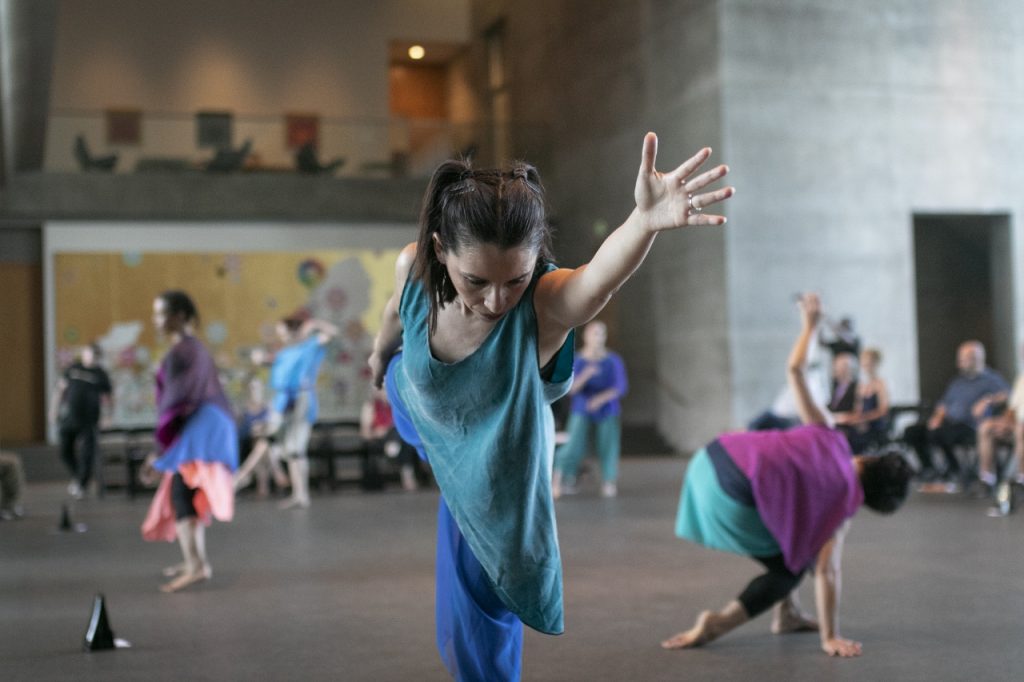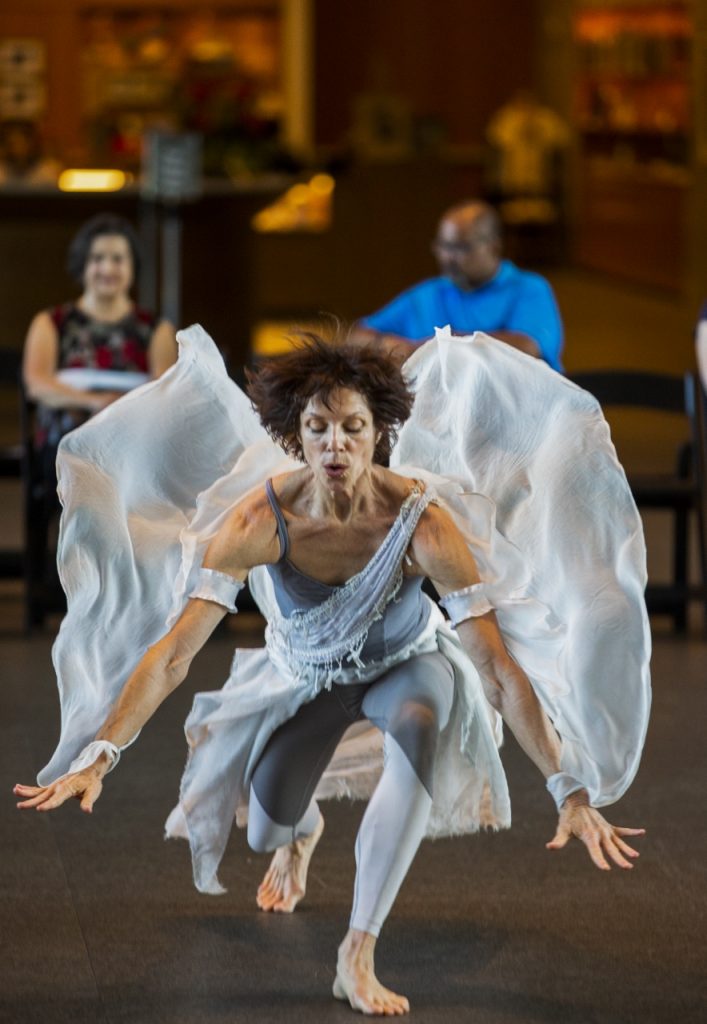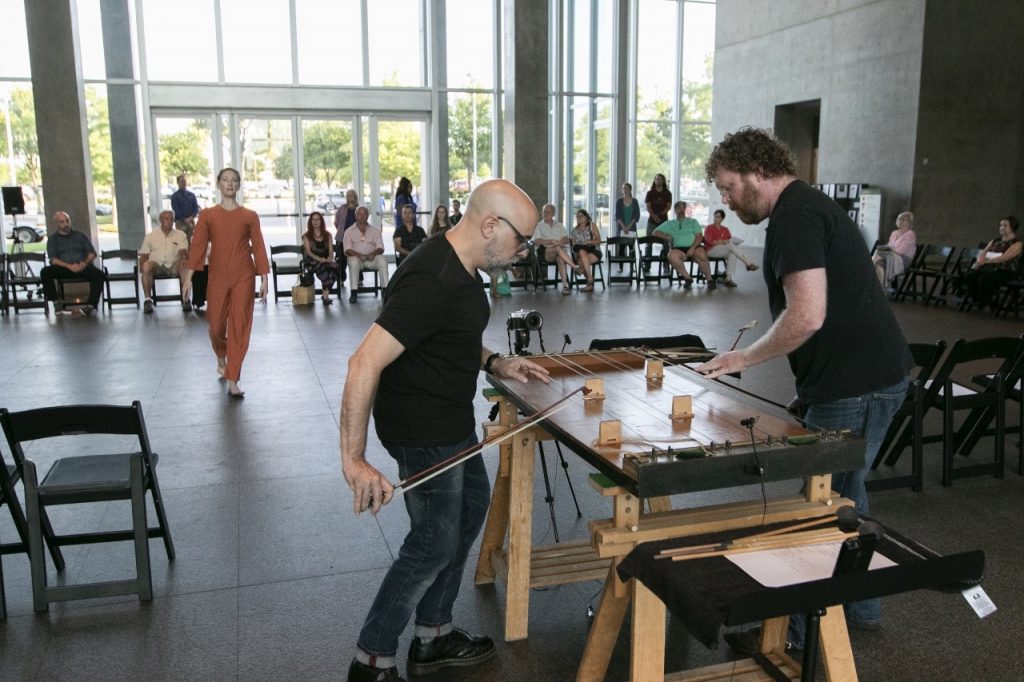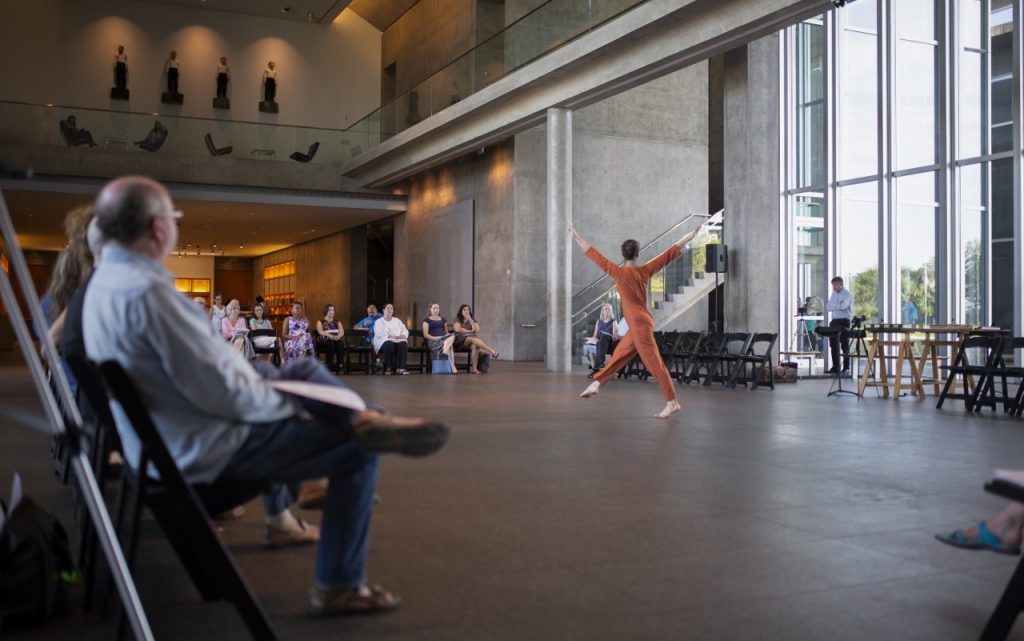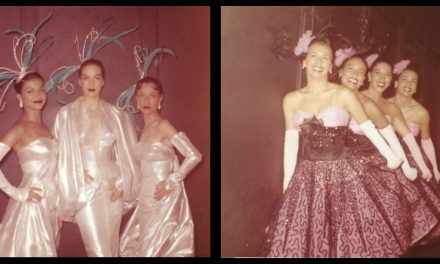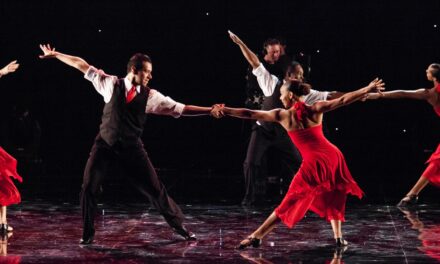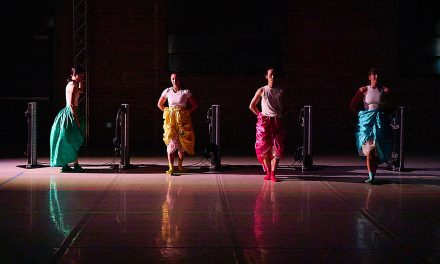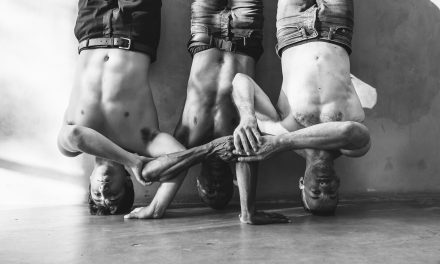It is fair to say that Kerry Kreiman would have had a very nice dance career in New York had she chosen to live there. After receiving her undergraduate degree in Dance from Texas Christian University and her graduate degree in Dance from the University of Illinois at Urbana-Champaign, and a brief teaching career in another state, Kreiman chose Ft. Worth, Texas as her permanent home. Since moving there in 1990 to form Contemporary Dance/Fort Worth with her friend Susan Douglas Roberts, Kreiman has been a major force in supporting, promoting, expanding, and keeping dance alive in the state of Texas. “I really felt that I wanted to move to a place where I could make a difference in the dance community.” She said. “I felt that if I went some place where there was already a lot of dance, that I wasn’t going to make much of a difference.”
Kreiman knew and liked Ft. Worth and she understood that the city’s dance community could use her and Roberts’ help in expanding exposure to the artform. After 16 years, there are now a growing number of dance festivals throughout Texas, so one could surmise that Kreiman and her colleagues have been successful in furthering the art of dance throughout the state.
This summer the Contemporary Dance/Fort Worth presented the 16th annual Modern Dance Festival at the Modern Art Museum of Fort Worth: Celebrating the Merce Cunningham Centennial. The festival ran for three consecutive weekends July 12 – 27, 2019 with performances by Texas based companies and independent dance artists. There were showings of all three of the Merce Cunningham Night of 100 Solos Events that took place on April 19, 2019 (Merce Cunningham’s birthday) in New York, Los Angeles and London, and former Cunningham company member Gus Solomons, Jr. was skyped in to introduce and participate in a Q&A following the showing of the documentary If the Dancer Dances directed by Maia Wechsler. This film followed the re-staging of Merce Cunningham’s 1968 RainForest for Stephen Petronio’s Bloodlines series.
When I spoke with Kreiman about how the festival had changed over the years, she said that it had evolved gradually. “We try to have it be different each year.” She said. “In more recent years we have tried to have a central theme for the festival to be centered around or related to an exhibition at the Modern Museum or other themes that we have selected.” Kreiman explained that the festival had replaced some of the showcase performances of local companies, and having the festival take place in the beautiful Modern Museum’s Grand Lobby, having it be free to the public had also been part of her company’s outreach program. “We have always tried to keep educating people about the diversity, depth and breadth of modern and contemporary dance.”
Kreiman said that a few people have approached to thank her, stating that they rode the bus in order to attend the free festival and would otherwise have not been able to attend such an event. She spoke about a local middle school teacher who was organizing summer field trips to bring students to the festival, driving them into town herself. One rarely knows the full extent of how these free events affect people’s lives. As Kreiman put it “one never knows the ripple effect they have on the children or families who attend.”
For the 16th annual festival, applicants needed to have a work that in some way related to the esthetics or traditions of Merce Cunningham and/or John Cage. Example, this year’s festival included a ballet in which the company agreed not to hear the music until the performance, an idea that was started by Cunningham and Cage during the 1940s and continued until Cunningham’s death in 2009. Kreiman let the dance community know that she would help choreographers match up with a composer if they wished to work with these traditions and esthetics. “I have been arranging blind dates for people,” Kreiman said. “and it has been very interesting.”
Dancer, choreographer and educator Tamsin Carlson, along with Ken Tabachnick, Executive Director of the Merce Cunningham Trust and I were guests for the second weekend, July 18-20. Carlson taught a three-hour workshop on the 18th that included a Cunningham Technique class and a Chance Procedure composition class which incorporated movement phrases from her class. Musician John and I helped with the chance procedure that included the dancers choosing 12 cards from two separate decks. Each card designated where in the space phrases were performed and in which order. As the chance dance proceeded, additional ingredients were added and it was wonderful to watch the dancers take control of the work, make it their own, interact with one another and experiment. Carlson gave each dancer the opportunity to sit out and watch the others perform which helped them see the results and inspired them to make new or different decisions. Personally, I could have sat there and watched this unfold for another hour or so.
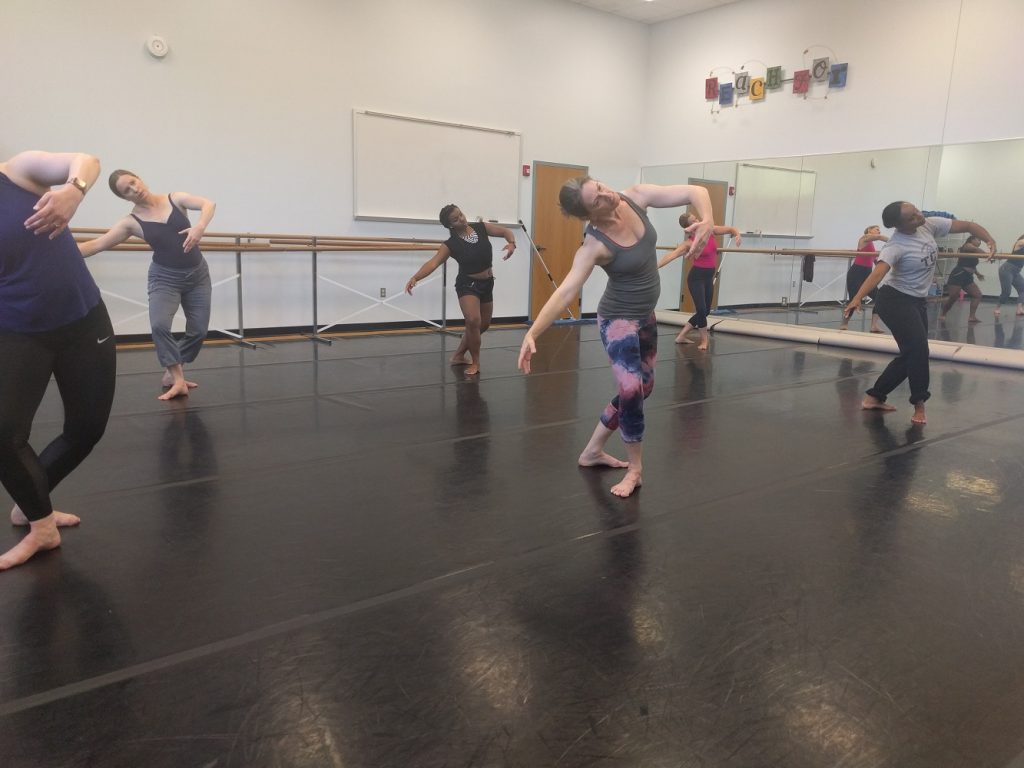
Tamsin Carlson teaching Cunningham Technique Class at the 16 Annual Modern Dance Festival in Ft. Worth, TX. – Photo: Jeff Slayton for LA Dance Chronicle
On Friday, July 19th I met with Carlson at Kreiman’s Pilates Studio to rehearse her solos for the evening’s performance. There were four solos, and she asked me to help in the Chance selection for the order in which they would appear. Carlson gave me four cards; an ace, 2, 3 & 4, with each card representing a solo. The solos were drawn from Merce Cunningham’s works Changing Steps (1974), Inventions (1989), Installations (1996), and Views on Stage (2004). We did this twice as Carlson would be performing the solos twice that evening; at the beginning and at the end of the concert.
The performance took place at 6:30 PM in the Grand Lobby of The Modern Art Museum of Fort Worth. I assisted Carlson by having the audience choose the cards to determine the order of her solos and again, we did this twice. The solos were listed in the program as Cunningham Centennial Solos: Fort Worth #1 to music by John King, and the second was called Fort Worth #2 with music performed live by Andy Stoltz and Travis Weller on “The Owl”. Carlson performed them beautifully; receiving a wonderful response from the audience.
Other works on the program included two beautiful works choreographed by Kerry Kreiman in collaboration with the dancers / Contemporary Dance/Fort Worth. Accidental Archipelago (Premiere) was a haunting duet performed wonderfully by Tina Mullone and Jessica Thomas, that, for me, spoke to two lives separated yet somehow connected. The title came from an event during rehearsal when Kreiman accidentally dropped the deck of cards that she was using during the chance procedure. “I found myself holding 5 cards in my left hand, while the rest were shrewn across the floor like an archipelago, with only so many of the cards turned face up. This duet was constructed using the numbers, suits, and spatial pathways of this accident.” Accidental Archipelago was performed to music by Andrew Stoltz and Travis Weller/New Music Co-op (Austin).
Kreiman’s second work was titled The Annihilation of Time and Space – Version 1 (Premiere) and featured Cher Anabo, Courtney Mulcahy, Tina Mullone, Claudia Orcasita, and Jessica Thomas. The sound was created by 5 metronomes which Kreiman placed along the perimeter of the performance space. The metronomes were set separately and counting off in 5 different tempos. Each dancer had individual solos with Mullone acting as an independent agent, resetting the metronomes while performing her own phrases. It was magical. Kreiman stated in the program that here too, the structure of the work was determined by drawing from a deck or partial deck of cards.
Soma was choreographed and beautifully performed by Kali Taft Johnson of Kaliopi Movement Collective (Fort Worth) to music by Andrew Stoltz and Travis Weller/New Music Co-op (Austin). Johnson is a lovely dancer and the solo was quite intriguing to watch. “I was drawn to this festival because of the possibilities involved in creation and the potential for unexpected outcomes.” She wrote in her program notes.
Composer Travis Weller invented the instrument that he and Andy Stoltz performed on during this festival. Stoltz named this beautiful musical instrument, that they played with bows and hammers to produce deep and haunting sounds, “The Owl”. Sadly, I did not have the opportunity to ask why.
Mary Hill of Lightbodies Geometries (Fort Worth) choreographed and performed Vortical Wave (Premiere). For her music, Hill chose two members of the audience and asked each to improvise on large metal wind chimes. They were free to make any sound with the chimes as they wished, whenever they wished. One man was briefly helped by his adorable daughter, who looked to be just under the age of 2. Vortical Wave was interesting but the work could benefit greatly with some editing.
Saturday, July 20 was reserved for the showing of two films that included choreography by my mentor Viola Farber and the Los Angeles performance of Merce Cunningham: Night of 100 Solos.
Listed as Viola Farber and the Cunningham Legacy – Screening of Brazos River and January, and discussion with Jeff Slayton, the showing took place in the museum’s lovely auditorium and began with my talking briefly about Viola Farber and the two films that were to be shown. Brazos River was filmed in 1977 at the Modern Museum when it was in an older building. The choreography was by Viola Farber, Costumes and Editing by American artist Robert Rauschenberg, Music by composer David Tudor, and directed by Dan Parr. The performers were members of the Viola Farber Dance Company Jumay Chu, Larry Clark, Viola Farber, Willi Feuer, June Finch, Anne Koren, Susan Matheke, Andé Peck, and me, Jeff Slayton.
This was only the second screening of this film; the first being in New York City in 1977. Because Rauschenberg was the editor, the film ended up being more of a work of art than a dance film. It is beautiful, but not the dance that Farber had envisioned and there are only a very few copies of Brazos River left; one being at the Modern Museum of Art Fort Worth.
January was filmed in 1984 at Dartington Hall in Devon, UK. The choreography was by Viola Farber, Music by Gordon Jones, and directed by Kevin Crooks for TSW LTD (Television South West). The dancers included members of the Viola Farber Dance Company from over its 15-year existence in the US and France. They included Jumay Chu, Didier Deschamps, Viola Farber, Anne Koren, Joël Leucht, Karen Levey, Andé Peck, and me, with a guest appearance by British actor Michael Dower. Until this screening in Ft. Worth, January had not been shown in the US. It is a gorgeous film and more along the lines of a dance film, but Crooks did incorporate a few special effects against the wishes of Farber.
After a brief break, Carlson, Tabachnick and I briefly described what the Merce Cunningham: Night of 100 Solos was, how it came about, our part in it and finally we introduced the film. There were also two monitors, one on each level of the museum, for people to watch all or parts of the films if they wished. Each monitor was showing a different city’s performance of the Event; one in London, one in New York and the big screen showed the Los Angeles performance. Afterwards, we held a brief Q&A which concluded our participation in the festival.
For more detailed information on the 16th annual Modern Dance Festival at the Modern Art Museum of Fort Worth: Celebrating the Merce Cunningham Centennial, click here.
To learn more about Contemporary Dance/Fort Worth, click here.
Featured image: Contemporary Dance/Fort Worth performing Kerry Kreiman’s The Annihilation of Time and Space – Version 1 at the 16th Annual Modern Dance Festival – Photo: Rodger Mallison Photography

